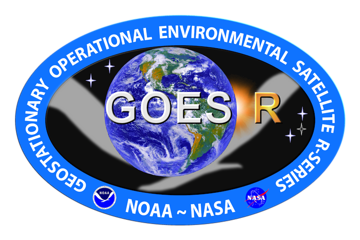Community Satellite Processing Package for Geostationary Data
The CSPP Geo project serves the direct broadcast community by providing software to generate geophysical products from geostationary satellite data.
All CSPP Geo software is:
- free to download and use
- compatible with 64-bit CentOS7 Linux platforms
- distributed as binary tarballs that are easy to install and run
- packaged with all required third-party software included
- released with an optional test data package
- capable of generating "quicklook" images from products.
Supported instruments include the Advanced Baseline Imager (ABI), Geostationary Lightning Mapper (GLM) and space weather instruments onboard the GOES-R Series of satellites; the Japanese Advanced Himawari Imager (AHI) on Himawari-8 and Himawari-9; the Korean Advanced Meteorological Imager (AMI) on GK-2A, and the Chinese Advanced Geostationary Radiation Imager (AGRI) on FY-4A and FY-4B.
Hardware requirements vary by software package and by the type and volume of data being processed. Refer to the individual package descriptions for more information. Note that the stated hardware requirements are for data processing, and do not include routine quicklook image generation.
Capabilities: The software is capable of processing GOES Rebroadcast (GRB) data received from the new generation GOES-16, GOES-17, and GOES-18 satellites that launched in 2016, 2018, and 2022 respectively. Level 2 ABI products are generated by reference implementations of the baseline GOES-R product algorithms which have been adapted for direct broadcast use.
We also developed Level 2 product generation software for Himawari AHI data, using algorithms developed for GOES-R which were updated and adapted by the original science teams. This gave users an early look at the GOES-R products and also provides products that are useful for forecasting, hazard detection and modeling.
Benefits: Based on our experience in developing similar software for Polar Orbiter Instruments, we expect that the benefits of this project to NOAA and to the direct readout community will include:
- Promoting the use of the GOES-R data products and science software.
- Encouraging early use of GOES-R data among users.
- Encouraging vendors to provide early support for GOES-R data.
- Encouraging direct broadcast users to be ready to process GOES-R data on day one.
- Allowing direct broadcast users to stay updated on versions of the operational product algorithms.
- Allowing direct broadcast users to develop new products, or tailor products to local conditions.
- Providing a catalyst for involving the direct readout community in GOES-R calibration and validation.
What's New
14 Mar 2025
6 Mar 2025
6 Feb 2025
1 Oct 2024
15 May 2024
22 Jan 2024
9 Oct 2023
20 Dec 2022
12 Dec 2022
9 Dec 2022
25 Oct 2022




